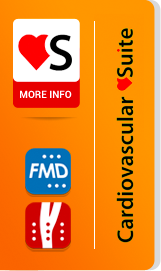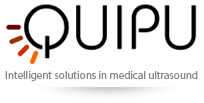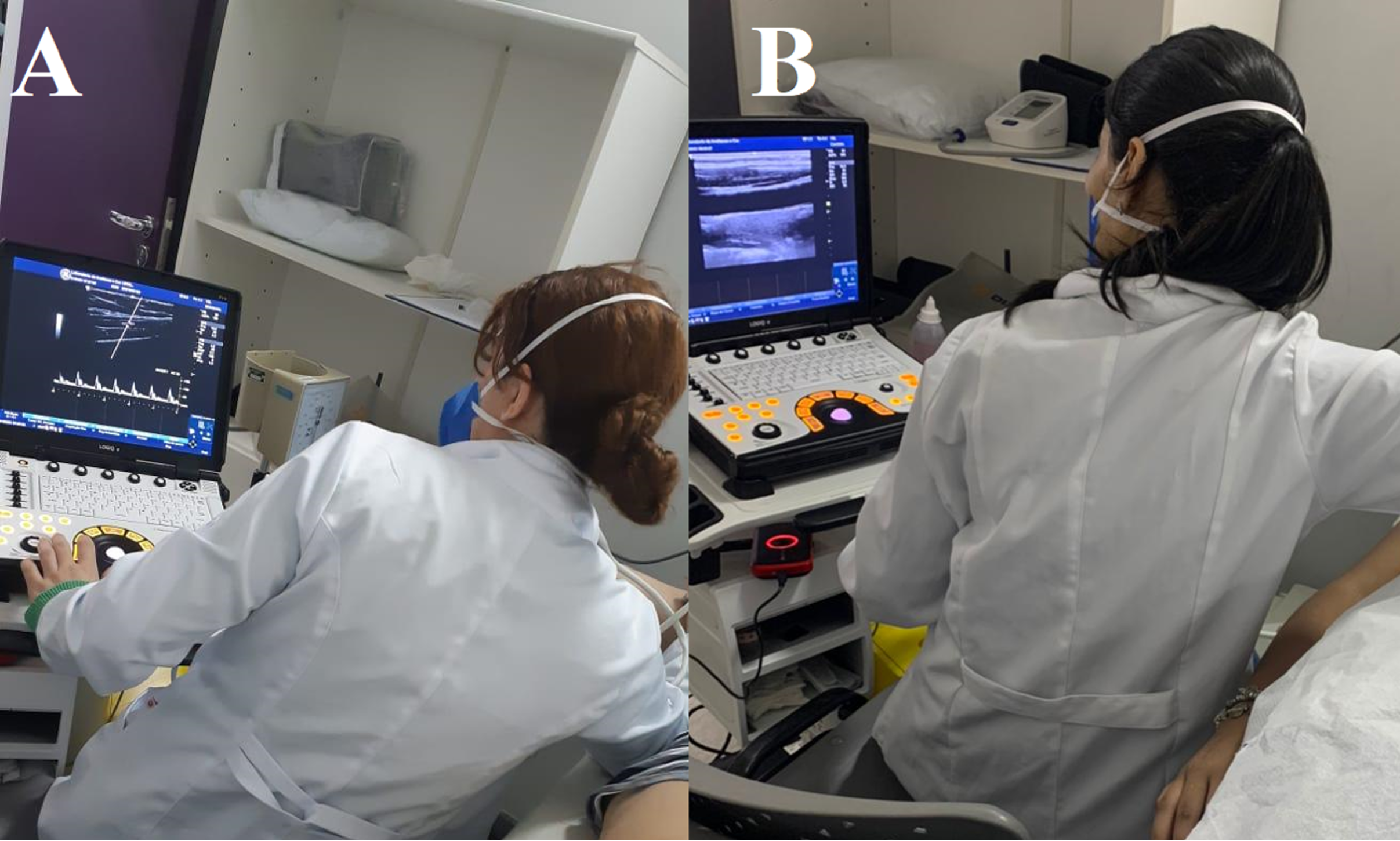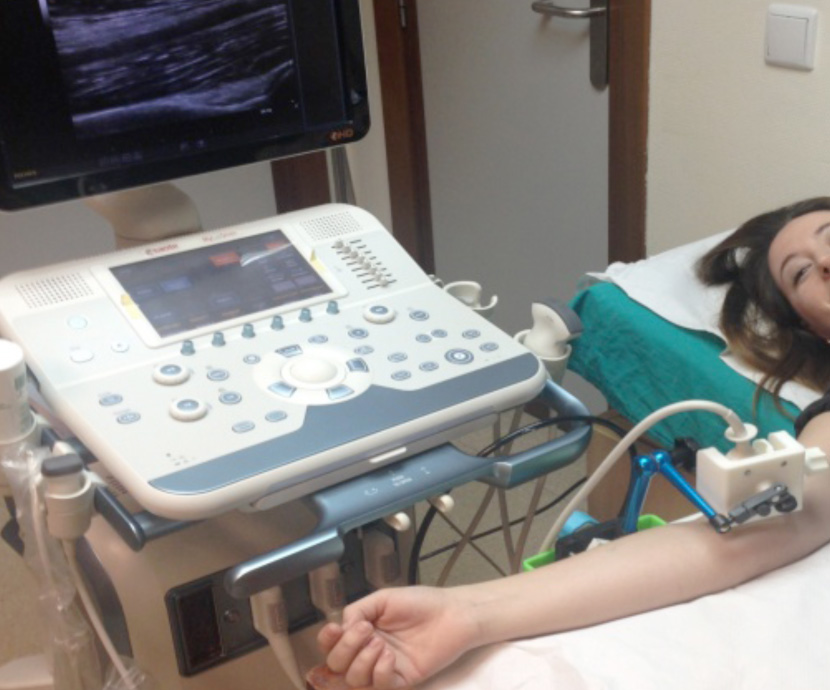One of our group’s primary research focus is to study the effects of physical activity and a healthy lifestyle on cardiovascular function in patients with rheumatic diseases, such as systemic lupus erythematosus, rheumatoid arthritis, juvenile idiopathic arthritis, and osteoarthritis. The group also conducts studies with patients undergoing and post-bariatric surgery, children and adolescents recovering from COVID-19 infection, athletes recovering from COVID-19 infection, and hospitalized patients currently infected with COVID-19.
For this purpose, two techniques, based on vascular ultrasound imaging, have been routinely used in the laboratory: (1) flow-mediated dilation (FMD), which is a non-invasive method to measure endothelial function in conduit arteries, and (2) assessment of carotid intima-media thickness (cMIT), which is a marker of pre-clinical atherosclerosis. Both measures have been shown to predict cardiovascular (CV) risk in multiple conditions and have been used in intervention studies to assess the effects of different treatments upon cardiovascular function and health.
Importantly, these techniques are operator-dependent and rely on accurate recording and analysis of vessel diameter, intima-media/media-adventitia interface, and blood flow velocity. These requirements can be satisfied by intensive training of sonographers, automatic edge detection, and wall-tracking software.




